Trong PCBA (Hội đồng mạch in) ngành công nghiệp, vấn đề chất lượng là mối quan tâm nghiêm trọng ảnh hưởng đến cả khách hàng và nhóm nội bộ. Ensuring every department understands basic IPC terminology is essential to maintaining high-quality standards and minimizing costly errors. Fullyhong regularly organizes internal training sessions to align employees on these critical concepts. This article provides a clear reference for key IPC terms in PCBA manufacturing and quality assurance.
1. Board Surfaces
Primary Side (Main Side): The side of the PCB with the most complex or highest component density. In through-hole technology (Tht), this may also be called the component side or solder termination side.
Secondary Side (Opposite Side): The side opposite the main side. In THT, often referred to as the solder side or solder initiation side.
Soldering Surfaces
-
Solder Start Side: The PCB side where solder is initially applied. In wave soldering, dip soldering, or drag soldering, this is usually the secondary side. For manual soldering, it can be either side.
-
Solder Termination Side: The side where solder flows into through-holes. In automated processes, this is typically the main side.
2. Defects and Inspection Terms
Bubbles: Air or volatile substances fully enclosed in coating materials or between component bodies and PCB surfaces.
Bridging Bubbles: Bubbles trapped between adjacent conductors or components, creating unintended connections.
Cold Solder Joint: Gray, porous solder connections caused by poor wetting, insufficient heat, or contamination.
Solder Balls: Small spherical solder remnants left after reflow soldering.
3. Conductors and Wiring
Common Conductor: Conductors that carry the same current, voltage, frequency, or function (e.g., signal lines, dấu vết, wires, or terminals).
Non-Common Conductor: Conductors with different electrical characteristics until explicitly defined in engineering documentation.
Conductor Overlap: A conductor wound over 360° that crosses itself without proper contact with the terminal.
Conductor Overwrap: A conductor wound over 360° while maintaining proper terminal contact.
Stress Relief: Ensuring leads or wires are slack to reduce mechanical stress.
Twist (Torsion): Tight bends or deformations in wires or component leads that cannot be straightened.
Jumpers/Z-Wires: Wires installed in through-hole technology (PTH) as part of a component.
4. Components and Coatings
Moon-Shaped Coating (Component): Encapsulation material extending from the component base onto the lead, including ceramic, epoxy, or synthetic molding compounds.
Missing Components: Any missing component at any product level is considered a defect.
F/FF (Form, Fit, Chức năng): Features of parts, solder joints, subassemblies, or assemblies whose failure may impact installation, độ tin cậy, or operation.
5. Testing and Manufacturing Processes
Engineering Documents: Any drawings, specifications, or technical diagrams created during design to clarify design requirements.
FOD (Foreign Object Debris): Any foreign matter unrelated to the component or system, such as fragments or particles.
Through-Hole Reflow Soldering: Process of applying solder paste to through-hole terminals using a stencil or syringe, then reflowing with surface-mount devices (SMD). Also known as “pin-in-paste.”
Why Understanding IPC Terms Matters in PCBA
A solid understanding of IPC standards and terms allows teams to reduce costly errors and rework in production, align cross-functional teams on quality standards, ensure consistent inspection and defect management, and improve communication with customers and suppliers. By integrating IPC knowledge into industrial PCB assembly practices, companies like Fullyhong ensure that every PCB meets stringent quality and reliability requirements.
Phần kết luận:
Quality in PCBA is not solely the responsibility of engineering or QA departments—it’s a cross-departmental commitment. Mastery of IPC terminology and proper inspection techniques is foundational for preventing defects, enhancing reliability, and maintaining customer satisfaction.

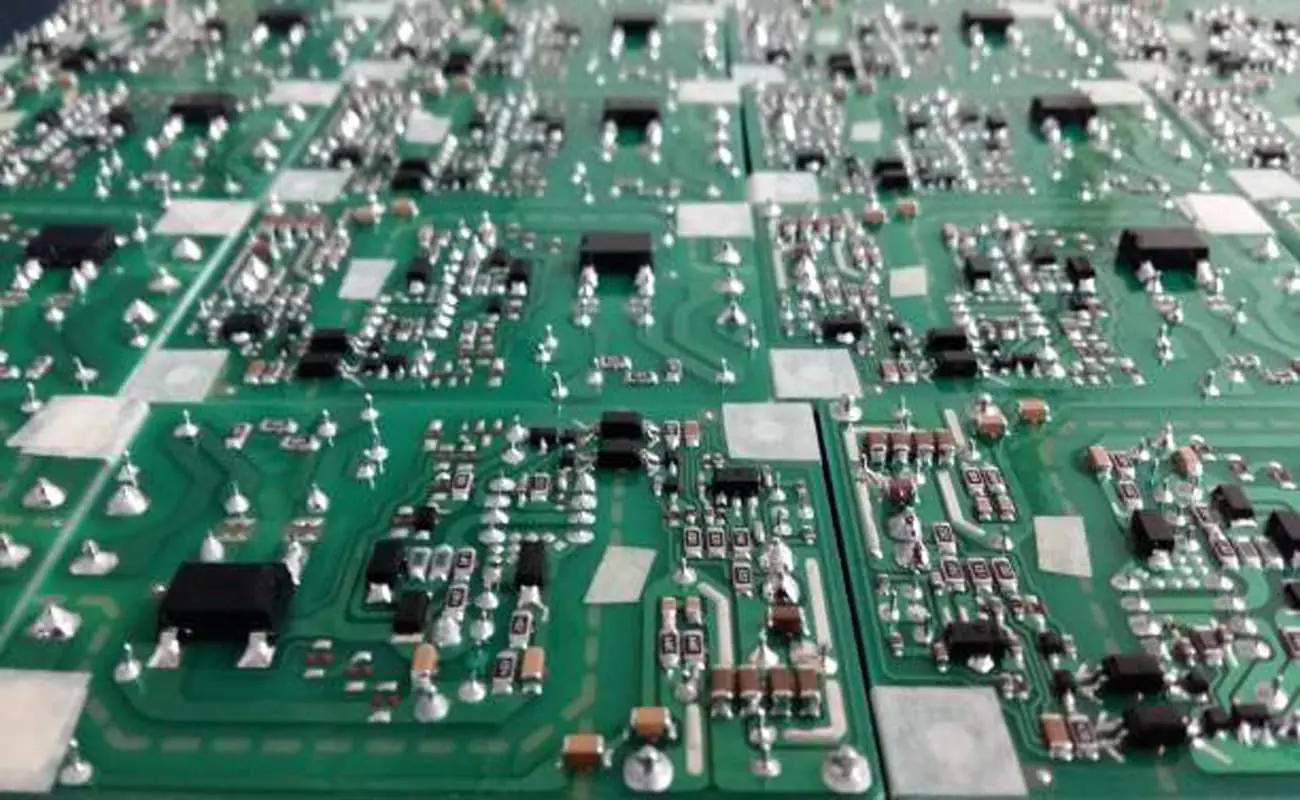
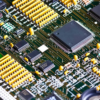


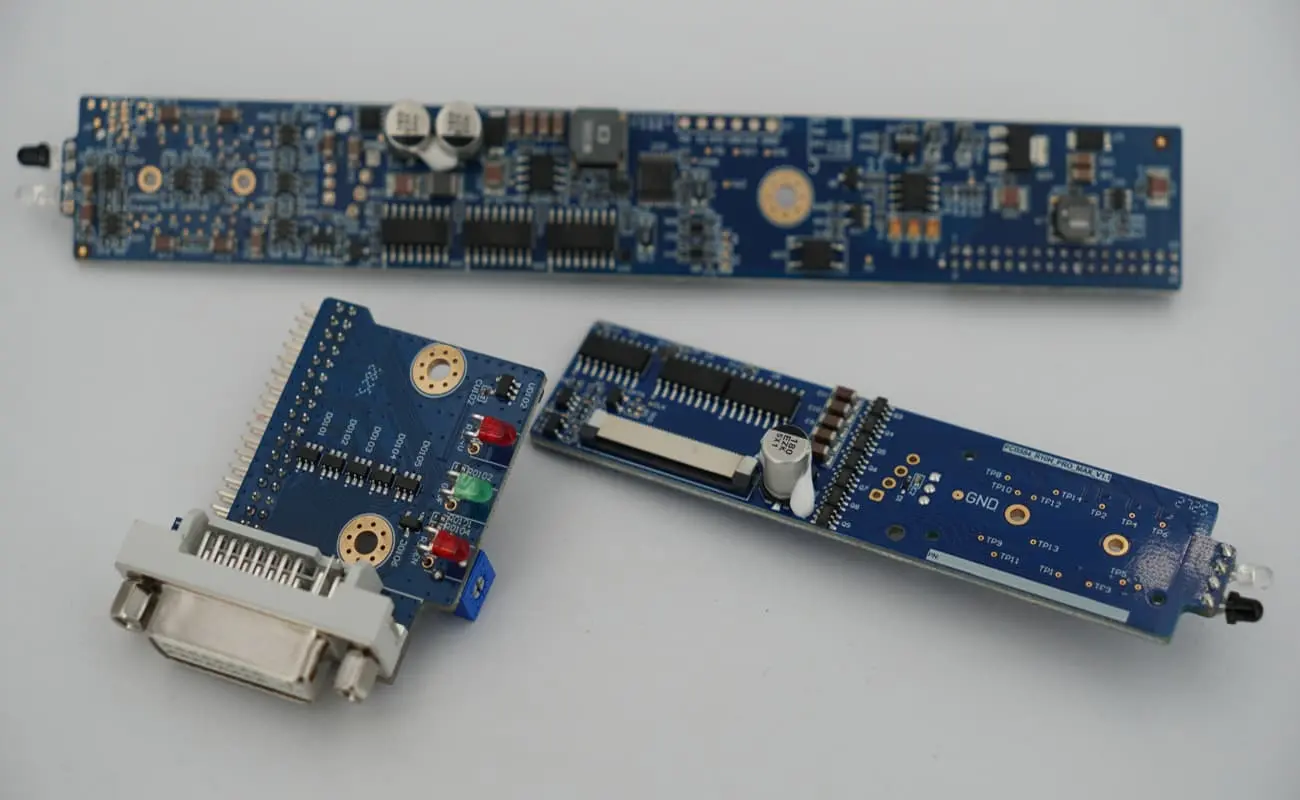
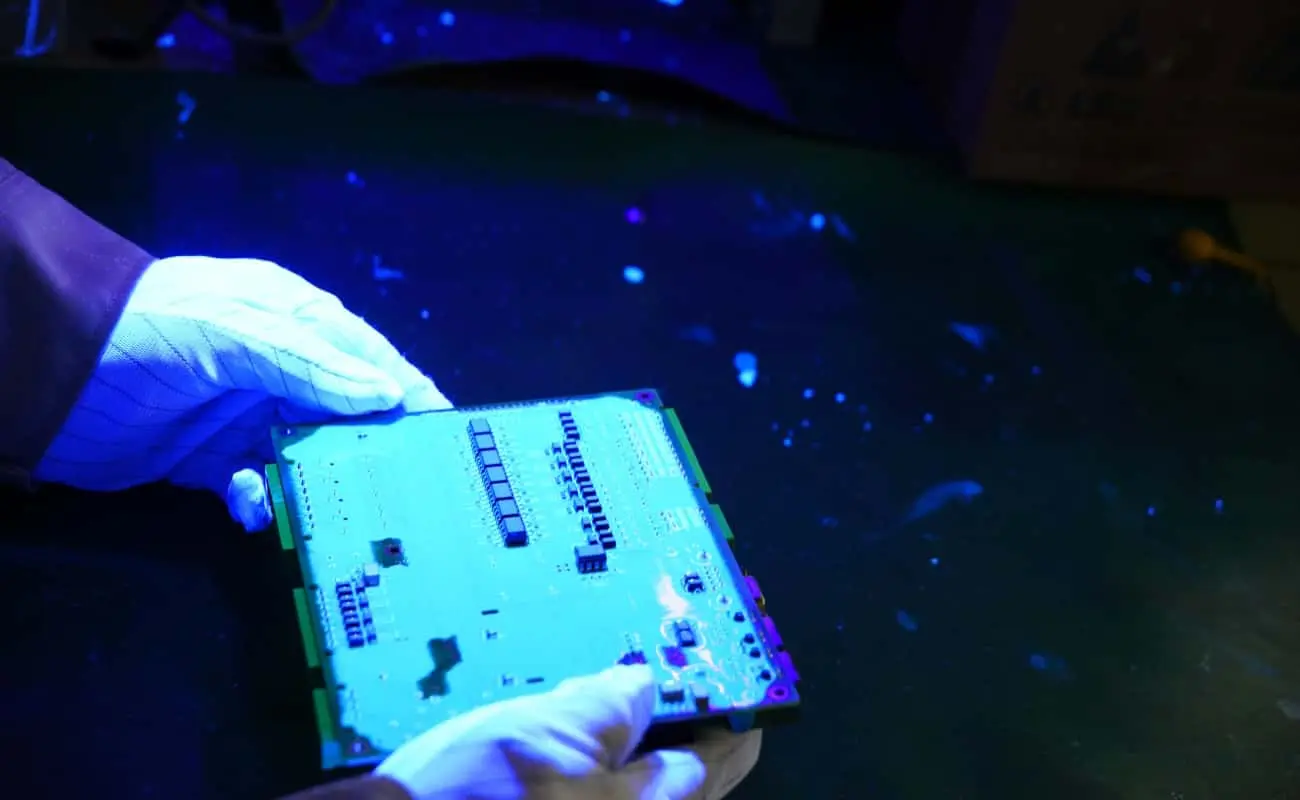
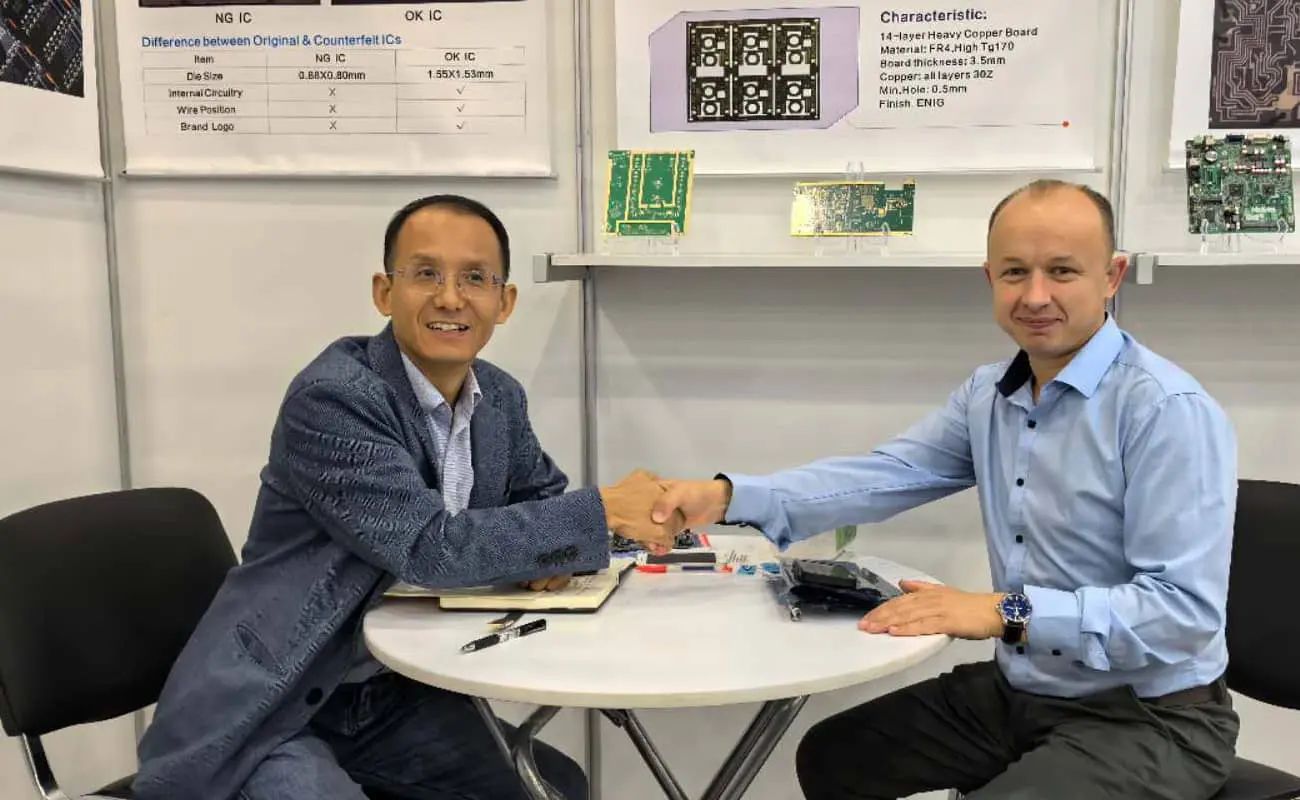
Để lại một câu trả lời